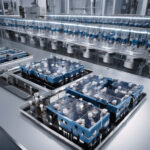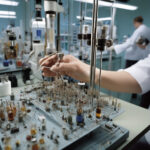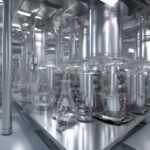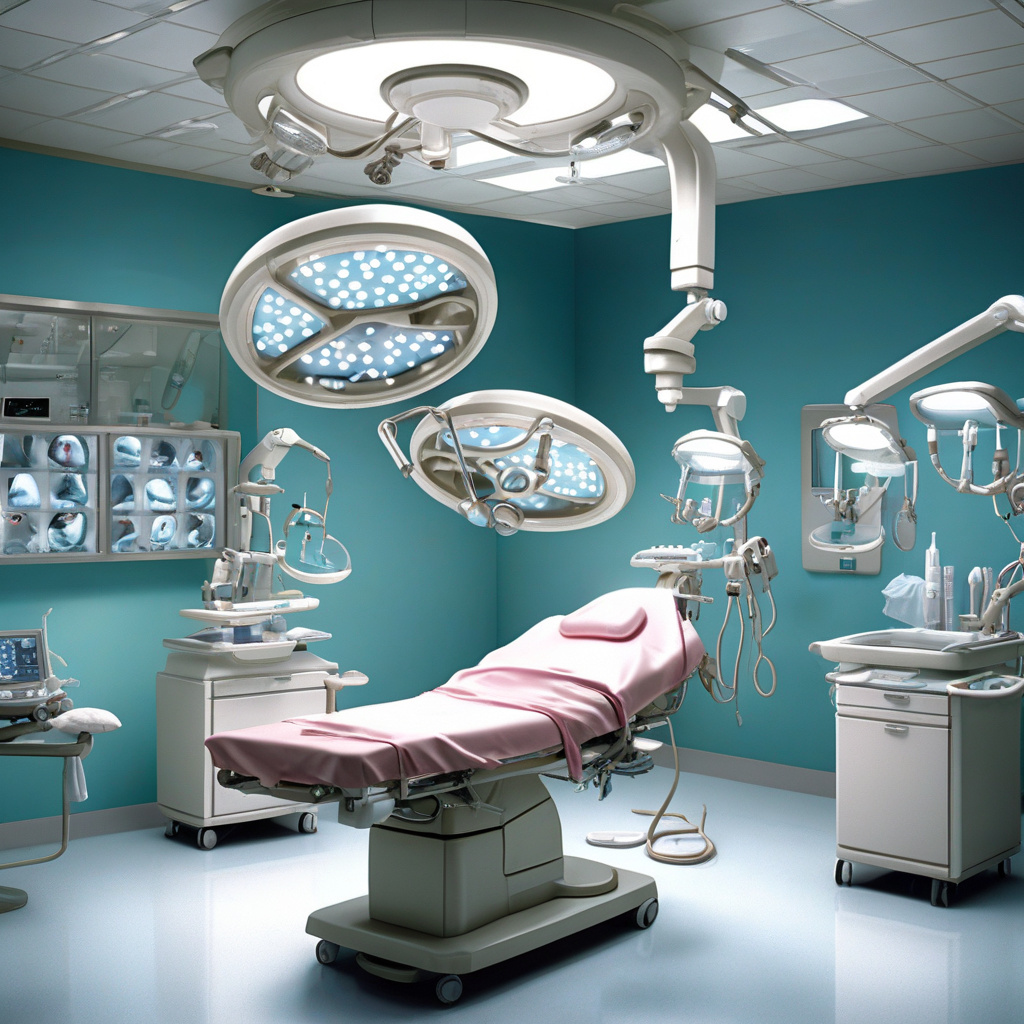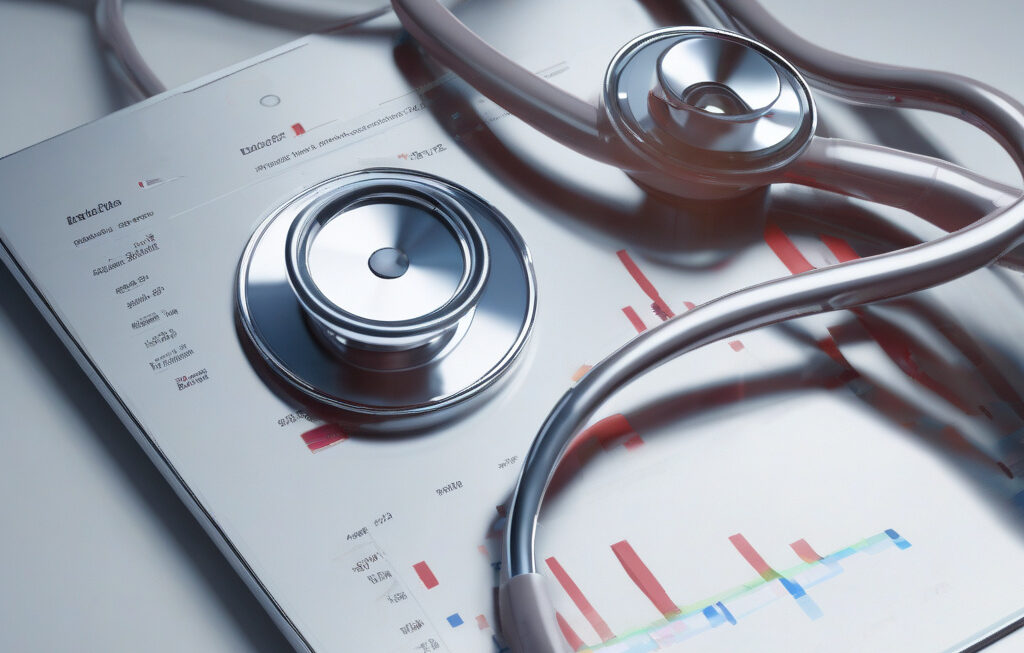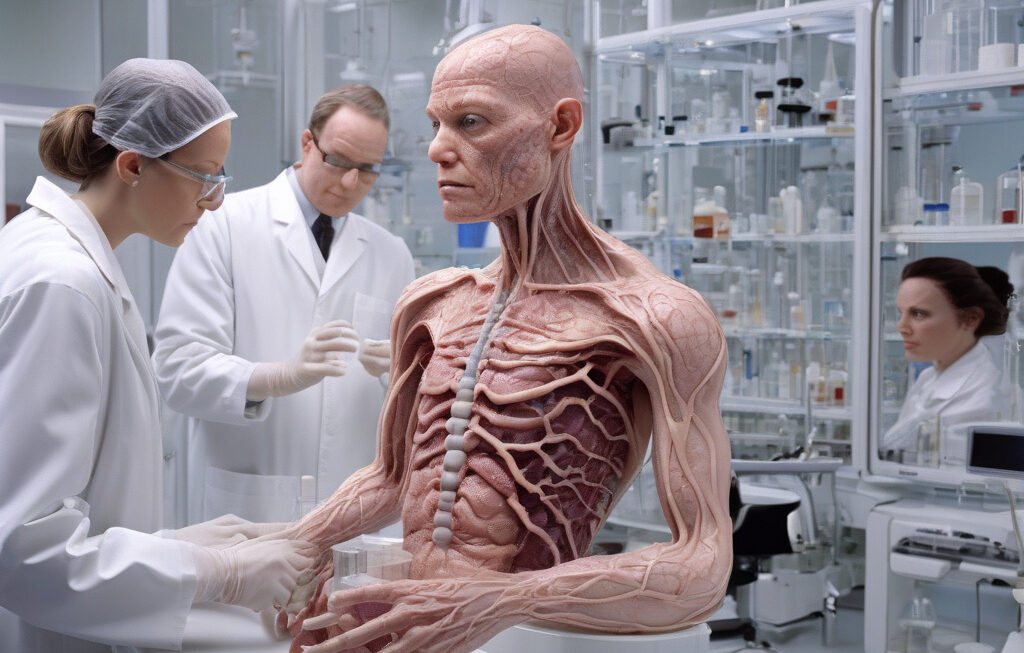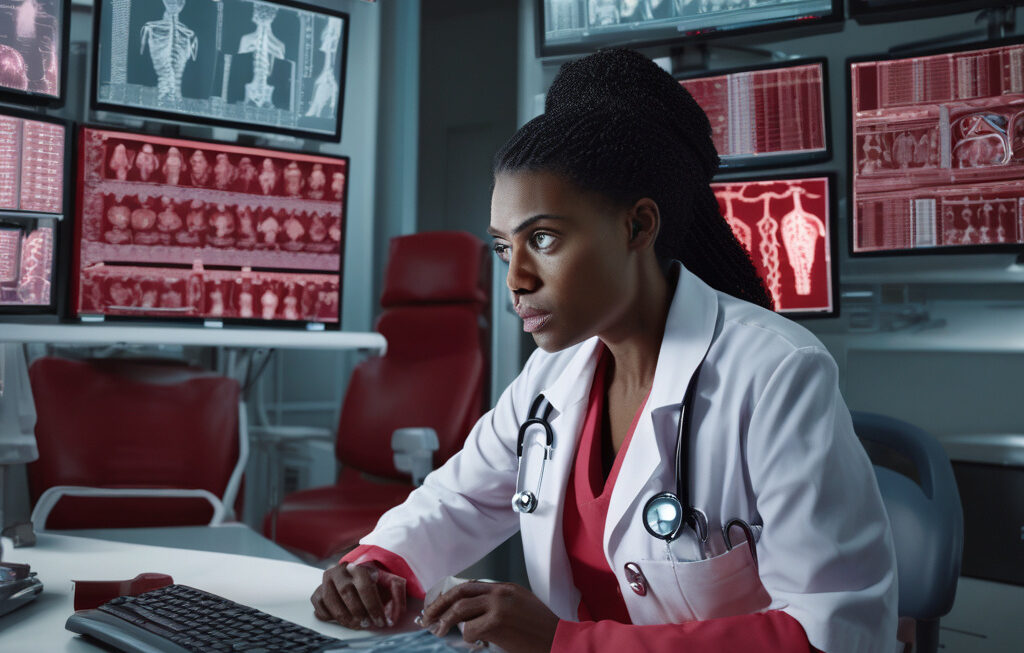Superbugs Now Feast on Medical Implants, Sutures, Dressings, Raising Infection Risks
A remarkable new study has recently overturned a commonly accepted notion regarding the durability of medical implants, sutures, and dressings. For years, these tools have been thought to be immune to the threat of superbugs due to their composition and purpose. However, the study reveals a troubling reality – superbugs are evolving to feed on these essential medical devices, posing a significant risk of infection in healthcare settings.
Superbugs, scientifically known as antibiotic-resistant bacteria, have long been a concern in the medical field. These resilient bacteria have developed mechanisms to withstand the effects of antibiotics, making infections difficult to treat and potentially life-threatening. Traditionally, superbugs were associated with hospital-acquired infections, often linked to invasive procedures or prolonged hospital stays. However, the new study suggests that these bacteria have found a new breeding ground within the very tools designed to aid in patient recovery.
Medical implants, such as joint replacements and pacemakers, are essential for improving the quality of life for countless individuals. These devices are often made of materials like titanium or ceramic, thought to be resistant to bacterial colonization. Similarly, sutures and dressings play a crucial role in wound care and surgical procedures, where maintaining sterility is paramount. The discovery that superbugs can now thrive on these surfaces raises alarming concerns about the safety and efficacy of these medical essentials.
The implications of this study are far-reaching. Patients undergoing surgery or receiving medical implants are now at a heightened risk of developing infections caused by superbugs. These infections can lead to prolonged hospital stays, additional medical interventions, and in severe cases, mortality. Healthcare providers are faced with the challenge of balancing the benefits of these life-saving devices with the emerging threat of antibiotic-resistant bacteria.
So, how are superbugs able to feast on medical implants, sutures, and dressings? The study points to the adaptability of these bacteria, which are constantly evolving to survive in diverse environments. By forming biofilms – complex communities of bacteria encased in a protective matrix – superbugs can adhere to surfaces and resist the body’s immune response. This biofilm formation allows the bacteria to proliferate and spread, increasing the risk of infection.
In response to this growing threat, researchers and healthcare professionals are working diligently to develop strategies to combat superbug contamination of medical devices. From enhanced sterilization techniques to the development of antimicrobial coatings, efforts are underway to mitigate the risk of infection and protect patient safety. Additionally, promoting responsible antibiotic use and infection control practices is crucial in preventing the further spread of antibiotic-resistant bacteria.
As the landscape of healthcare continues to evolve, staying vigilant against the threat of superbugs is paramount. The findings of this study serve as a stark reminder of the relentless adaptability of bacteria and the importance of ongoing research and innovation in infection prevention. By understanding the mechanisms by which superbugs interact with medical devices, we can develop targeted solutions to safeguard patient health and well-being.
In conclusion, the revelation that superbugs are now capable of colonizing medical implants, sutures, and dressings underscores the urgent need for proactive measures to address this emerging threat. By staying informed, implementing best practices, and fostering collaboration between researchers, healthcare providers, and industry stakeholders, we can protect the integrity of medical devices and ensure the safety of patients worldwide.
infection risks, superbugs, medical implants, antibiotic resistance, healthcare innovations


